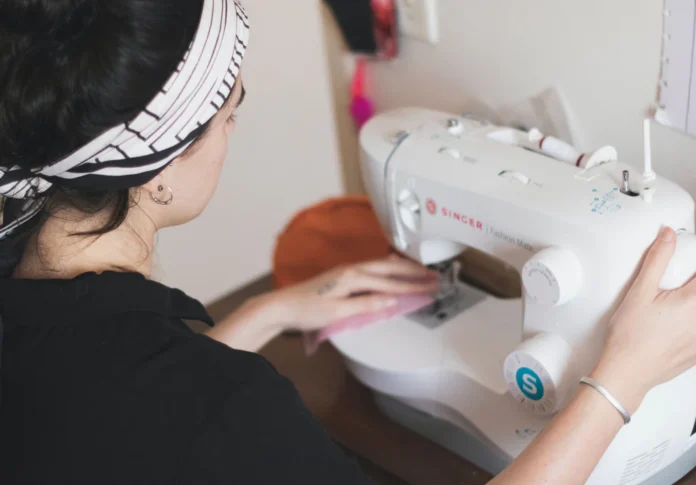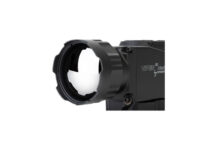Whether you’re taking a break from sewing, redecorating, or moving, proper sewing machine storage is crucial for maintaining its performance and longevity. Follow these steps to ensure your machine stays in excellent condition.
- Clean Your Sewing Machine Before Storage Before putting your sewing machine away, give it a thorough cleaning:
- Remove dust and lint from the bobbin area and feed dogs.
- Take out removable parts you’re comfortable handling and clean them individually.
- Ensure no thread or debris is left behind.
- Oil Your Sewing Machine After cleaning, apply sewing machine oil to prevent rust and keep the internal mechanisms lubricated. Always use oil specifically designed for sewing machines.
- Cover Your Sewing Machine Protect your machine from dust, moisture, and accidental damage by covering it:
- Use the original machine cover if available.
- Alternatively, wrap it in soft blankets, towels, or padded fabric for added protection.
- Ensure the presser foot is in the down position before covering.
- Choose the Right Storage Location
- Temperature-Controlled Storage: If you’re moving or need long-term storage, opt for a climate-controlled locker to prevent moisture damage.
- Store the machine in a sealed plastic container for extra protection.
- Cupboard or Wardrobe: A home cupboard or wardrobe is ideal for short-term storage.
- Keep the machine on a low shelf or the floor to prevent falls.
- Avoid damp or humid areas.
- Avoid Garages or Sheds: These spaces are prone to moisture and extreme temperatures, which can cause rust and damage.
- If no other option is available, wrap the machine securely in blankets and place it in an airtight plastic box. If you don’t have other options using a storage unit may be best. We recommend Miles of Storage.
- Handle with Care During Transportation If you’re moving your machine, ensure it’s properly secured in its original box or a padded container. Avoid placing heavy items on top of it.
- Regular Maintenance Checkups Even when in storage, periodically check your sewing machine for signs of rust, moisture buildup, or damage.
Conclusion Properly storing your sewing machine is an investment in its longevity and functionality. With regular cleaning, appropriate covering, and careful placement, your machine will be ready to use whenever inspiration strikes. Happy sewing!




